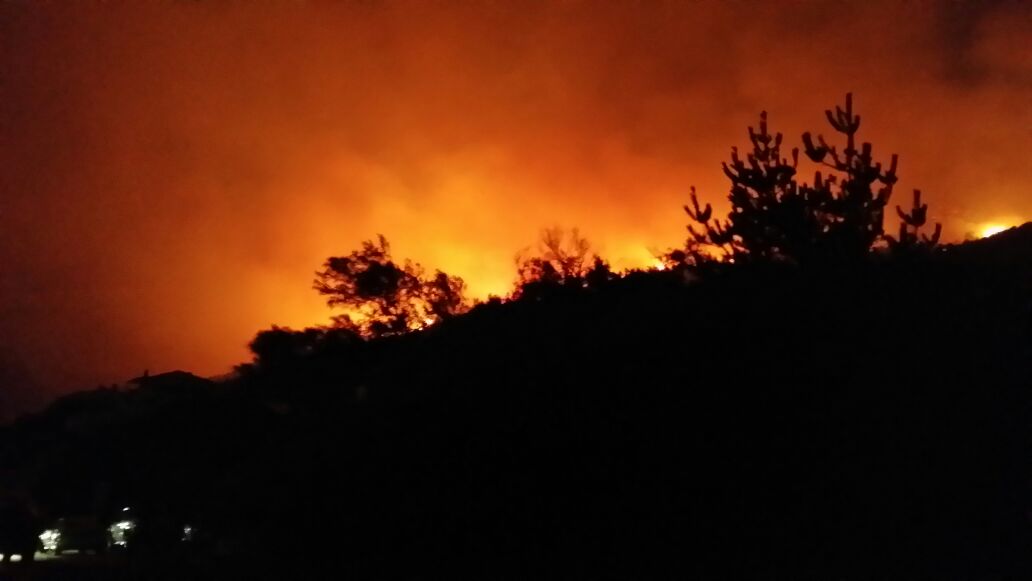As Capetonians breathe a sigh of relief following the containment of a devastating blaze that engulfed the South Peninsula last week, experts have warned that the area may still be at risk.
The region has been the scene of a massive fire since the 1st March, with hundreds of firefighters pouring into the city to try and contain it. On Monday the City of Cape Town’s Disaster Risk Management announced that the blaze had finally been extinguished, after causing damage to around 13 properties, and leading to the evacuation of more than 500 people.
But just as residents return to normality, Professor John Compton from the Department of Geological Sciences at the University of Cape Town (UCT), has stressed that a lack of vegetation may leave the area vulnerable and at risk of landslides.
With ground vegetation serving a vital role in intercepting and providing a buffer for soil against rainfall, the complete eradication of flora in some areas means that the soil is likely to be directly penetrated, increasing the risk of land and mudslides.
Although unsure of what the City of Cape Town’s plans are to address the situation, he said it would be understandable to see them single out areas deemed most at risk, and attempt to stabilize them.
“There are several things they can do. One is that they can layover sort of a fiber cloth-type mat or just sort of a net, which helps stabilize the soil and helps the moisture stay there and not flow. The other thing is they can put veld logs along the contour of these slopes, that will help arrest any down slope movement,” he explained.
The aftermath also poses several other risks; include that of alien vegetation in the affect areas. Concerns are that any introduction of un-natural flora may be detrimental to the growth of natural vegetation. Additionally, Compton said any stoking of fires in the same area could be potentially hazardous to the region’s fynbos, which is adapted to longer ‘burn-cycles’.
“People who live near the mountains and fynbos need to be aware of the fact that it will burn eventually, and they need to make plans to try and minimize the threat to their homes and so forth,” he added. VOC (Mubeen Banderker)






 WhatsApp us
WhatsApp us 

